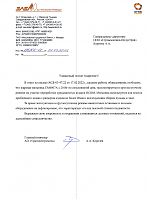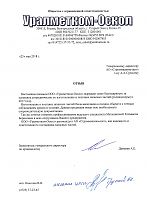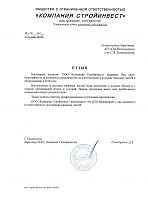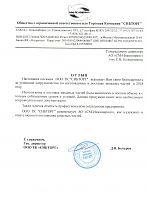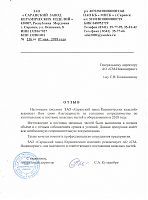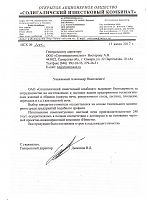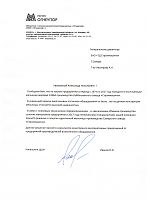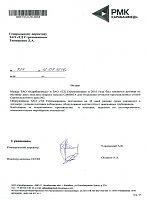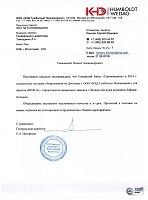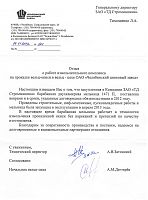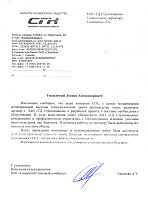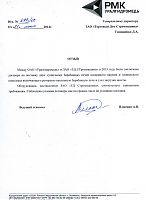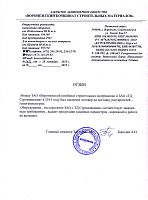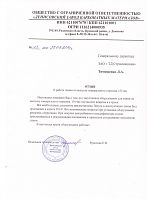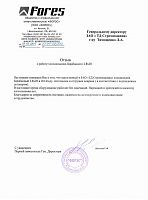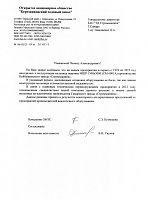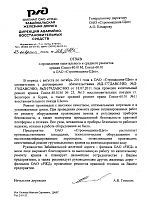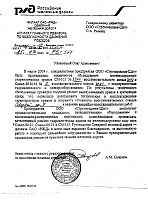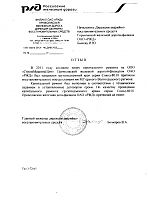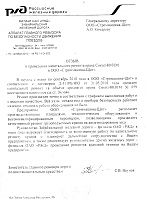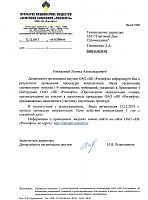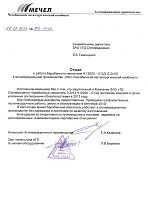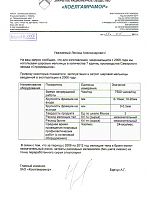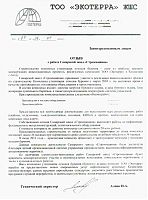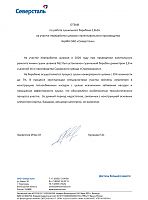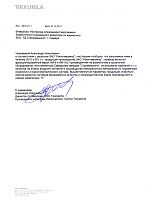Завод промышленного оборудования
Производим высококачественное промышленное оборудование, широко известное своей надежностью и долговечностью. Каталог продукции завода насчитывает несколько десятков основных типов базового оборудования и сотни модификаций.

Размольное оборудование

Дробильное оборудование

Обжиговое оборудование

Обеспыливающее оборудование

Барабанные окомкователи

Резервуары, емкостное оборудование

Сепараторы

Отдельное технологическое оборудование

Барабанные охладители

Сушильное оборудование

Изготовление нестандартного оборудования

Отдельное оборудование для производства керамзита
Производственные линии
Отраслевые решения
опросные листы, сертификаты разрешенияПреимущества компании «Строммашина»
Мы смотрим в будущее, опираясь на опыт.
(Более 80 лет являемся лидерами в отрасли!)
Мы всегда на Вашей стороне!
(Шеф-монтажные и пусконаладочные работы, расширенная гарантия, поставка запчастей)
Интересы клиента – наш приоритет!
(Гибкие условия оплаты, отсрочка платежа, лизинг от официального партнера «Сименс-финанс»)
Инновации в технологиях и производстве!
(Компетенции наших конструкторов- технологов и производственные мощности позволяют проектировать и изготавливать различные нестандартные изделия)
Преимущества нашей продукции
Надежность и качество!
(Более 1000 промышленных предприятий в России и СНГ успешно эксплуатируют оборудование завода «Строммашина»)
Сервис на высоком уровне!
(Наши специалисты всегда готовы обеспечить техническую консультацию и оперативную поставку запчастей и комплектующих с доставкой)
Снижение внеплановых остановок оборудования при достижении максимального длительного срока его службы.
Нам доверяют!
(Обширный референс-лист, опыт экспортных поставок)
Новости
все новости-
29 Декабрь 2023C наступающим новым 2024 годом!
-
21 Декабрь 2023Отгрузка шаровой мельницы 1456 для заказчика
-
13 Июль 2023Установлена линия минерального порошка на базе ММТ
О компании
Самарский завод «Строммашина» был создан еще в сороковые года прошлого века с целью обеспечения промышленности необходимым современным и технически совершенным оборудованием.
С тех пор мы не изменили данной цели. На сегодняшний день самарский завод «Строммашина» работает по основным отраслевым направлениям: строительная, нефтяная, дорожная, металлургическая, горнодобывающая отрасли.
Мы предоставляем инжиниринговые и сервисные услуги: разработка технической концепции проекта, предварительная коммерческая оценка проекта, выполнение проектных работ, шефмонтаж (технический и авторский надзор), обслуживание и ремонт оборудования, доставка запчастей по согласованному графику, технический аудит оборудования.





